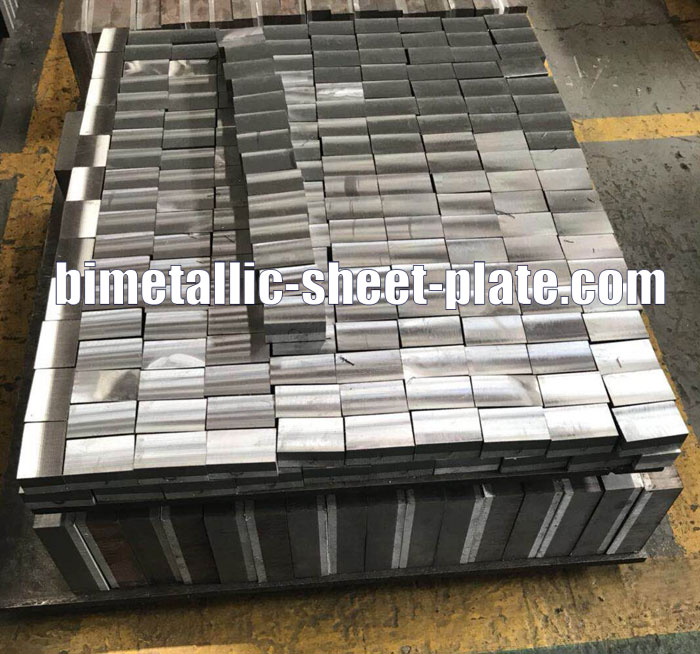The exhaust of the explosive welded
bimetallic plate(for example :
copper clad alulminum plate) means that the gas in the gap is excluded from the gap before the collision point between the superposed plate and the substrate. Practice has shown that the discharge of gas is natural, but complete discharge is not so easy. The timely and complete elimination of gas in the gap is one of the necessary conditions for the explosive welding process.
In the explosive welding process operation of
bimetallic sheet, For example:
copper clad aluminum busbar,
steel clad aluminum plate, when the base layer and the cladding are supported by the gap support, an air layer having a thickness of a gap is formed in the gap. At the moment of explosion welding, as the collision point moves and the welding process progresses, it is required to quickly eliminate the air layer, that is, to promptly and completely exclude the air on the welding point. Otherwise, the air will block the two layers of metal to be bumped and to be welded, making the collision and welding process impossible.
Factors affecting exhaust:
1. The impact of explosive speed
The higher the explosive speed of the explosive, the more difficult it is for the gas in the gap to be discharged in time. Therefore, in order to allow the gas in the gap to be removed promptly and completely during the explosion welding process, under the premise of ensuring sufficient chemical energy, the explosive with lower explosion speed should be selected as much as possible to increase the exhaust time and delay the exhaust process.
2. The impact of the installation method
The study found that in several commonly used process installation methods, it was found that the angle method is better than the parallel method when other process parameters are the same. The main reason is that the angle method has a mounting angle that provides a good passage and a low exhaust velocity for the discharge of gas in the gap.
3. Effect of gap size
The larger the gap distance, the thicker the air layer between the superstrate and the substrate. In this case, explosive welding is performed, and the gas in between is more difficult to discharge in time and completely.
4. Effect of gap shape
In the actual case, the shape of the gap is irregular, and it has been proved that the irregular gap shape has a great influence on the exhaust process.
